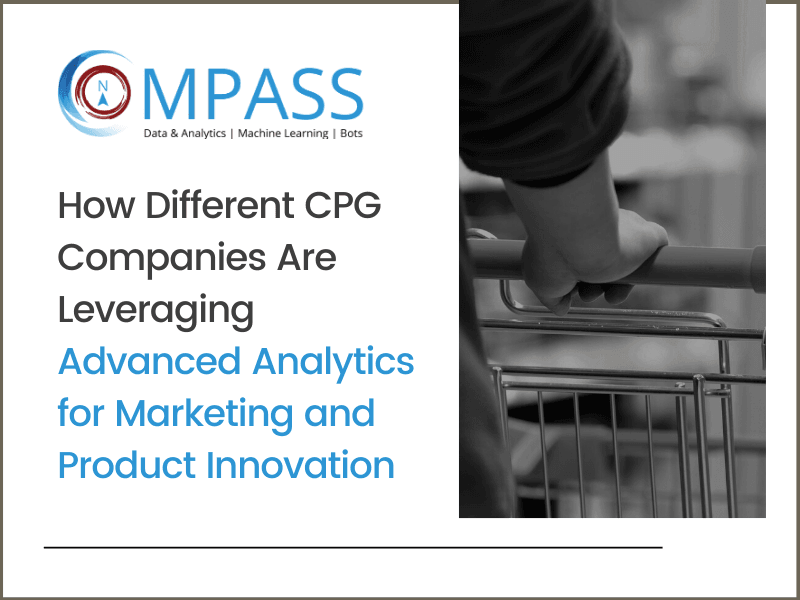Enterprises are embracing data science and analytics across various functions to leverage data to reduce costs, improve efficiency and drive revenue.
With respect to sales, there are numerous use cases where data analytics can be applied. And many more use cases are fast emerging.
According to a survey by McKinsey of over 1,000 sales organizations around the world, it was found that 53 percent of the companies that are “high performing” rate themselves as effective users of analytics.
Data has now become the building blocks across all industries and is vital for sales leaders to run their operations effectively, focus on viable strategies, generate leads, enhance customer experience and uncover hidden opportunities.
7 Major Data Science Use Cases In Sales
August 22, 2024



